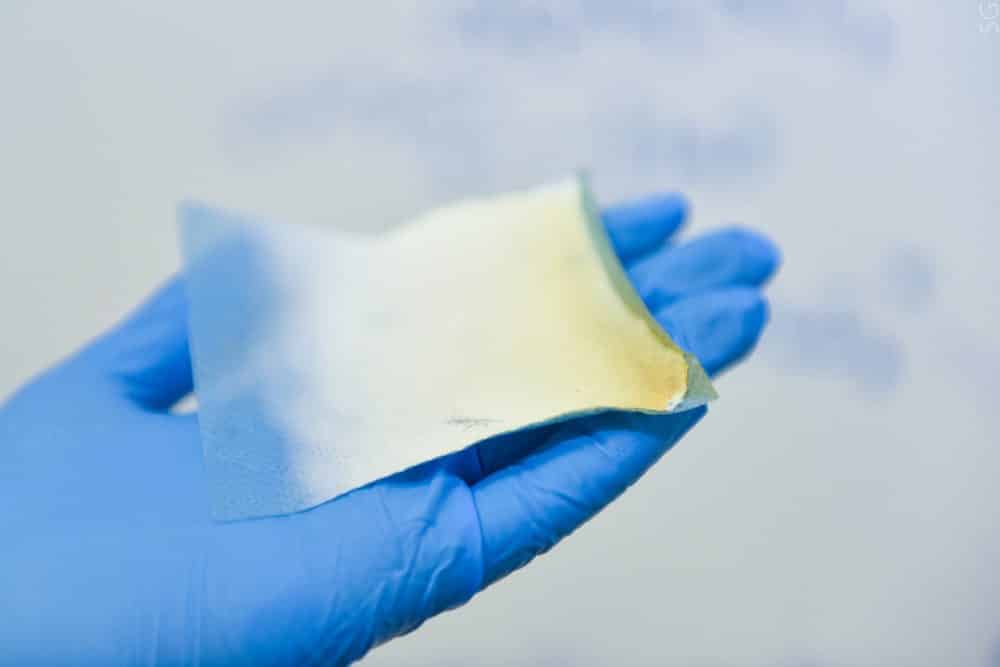Biodegradable Bandages Expedite Normal Regeneration of Burnt Tissue
Russian scientists have now constructed biodegradable bandages using nanofibers made of polycaprolactone modified with a thin-film antibacterial composition and plasma components of human blood. The NUST MISIS University claim the bandages accelerate the growth of tissue cells twice as quickly, contributing to the normal regeneration of damaged tissues, as well as preventing the formation of scars in cases of severe burns.
Scar tissue mainly consists of irreversible collagen and significantly differs from the tissue it replaces, having reduced functional properties. Therefore, as a solution to this was sought by designing biodegradable fibers and multifunctional bioactive nanofilms, which in turn help the bandages prevent scarring and accelerate tissue regeneration.
A significant acceleration of the healing process, the successful regeneration of normal skin covering tissue, and the prevention of scarring on the site of burnt or damaged skin have been observed when applying these bandages made of the developed material to an injured area.
The antibacterial components of multifunctional nanofibers decrease inflammation, and the blood plasma with an increased platelet level – vital and multi-purposed for every element in the healing process – stimulates the regeneration of tissues.
Attributable to the difficulty and pain
associated, the bandages, are advised not to be removed or changed during treatment- after a certain period of time, the biodegradable fiber will simply dissolve without any side effects.“With the help of chemical bonds, we were able to create a stable layer containing blood plasma components (growth factors, fibrinogens, and other important proteins that promote cell growth) on a polycaprolactone base. The base fibers were synthesized by electroforming. Then, with the help of plasma treatment, to increase the material`s hydrophilic properties, a polymer layer containing carboxyl groups was applied to the surface. The resulting layer was enriched with antibacterial and protein components”, noted Elizabeth Permyakova, one of the project members and laboratory scientists.
The research team has already conducted a series of pre-clinical trials jointly with the Research Institute of Experimental and Clinical Medicine (Novosibirsk, Russia).
In vitro results have shown that with the application of these innovative bandages the regeneration process has been accelerated twice as quickly. In the near future, the team expects to get results of in vivo drug testing.
































